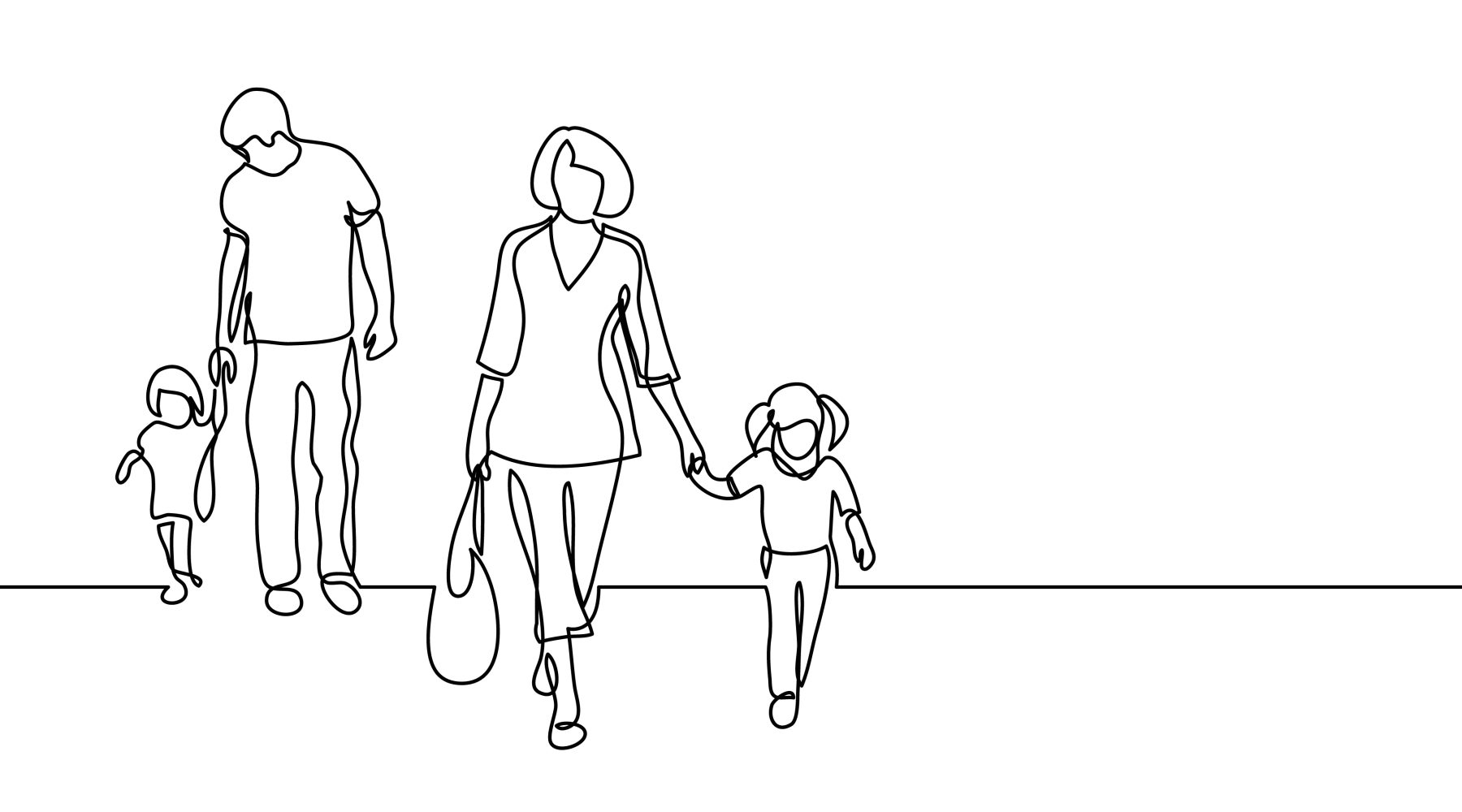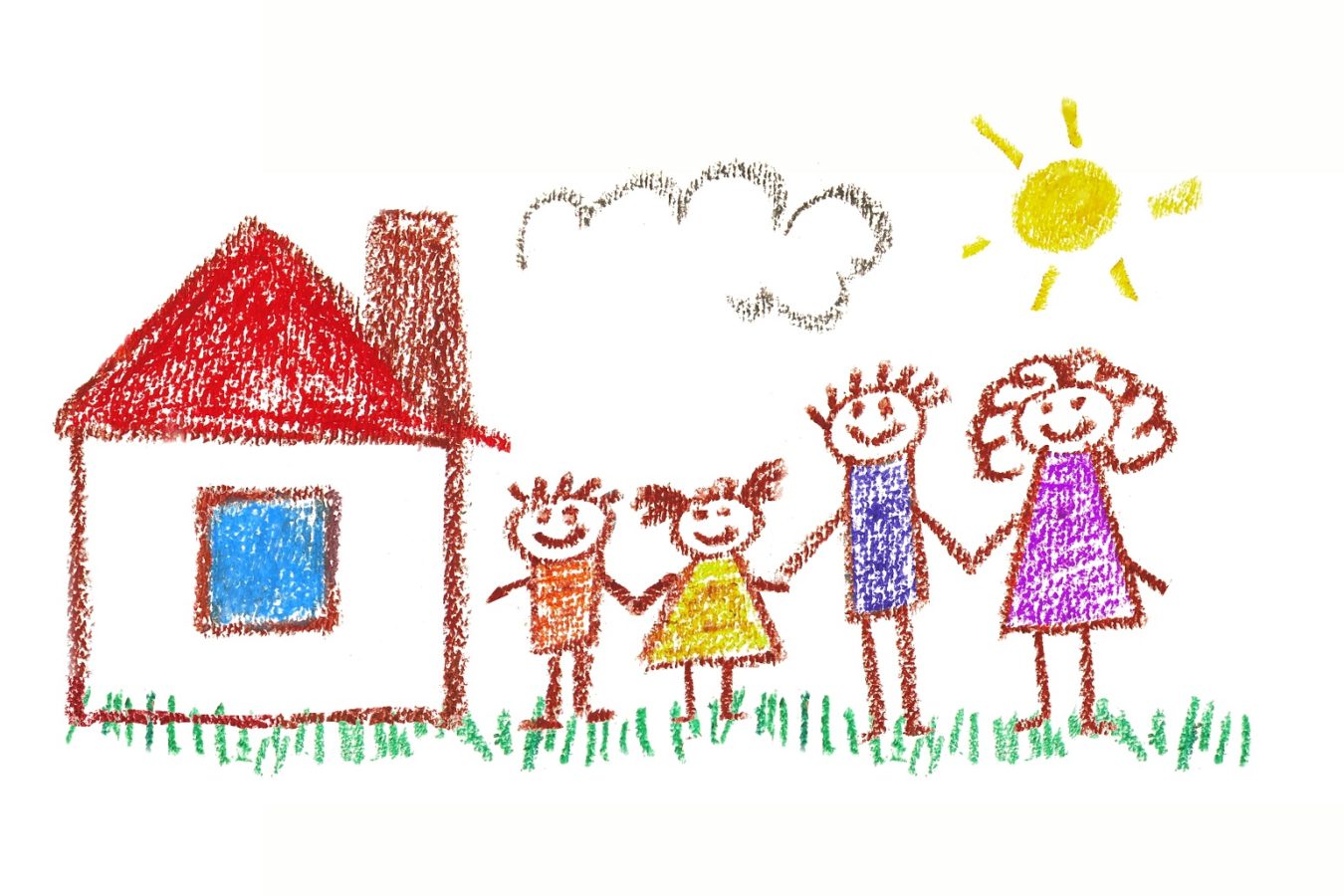
What is 'good enough parenting'? The angelic faces of children watching screens, and why our teens are embracing LinkedIn.
Our selection of thought-provoking and useful resources from around the web on educating and raising children, and supporting families.
Parents make mistakes. So what does ‘good enough parenting’ look like?
(, The Conversation)
We all know that being a parent is tough, and sometimes we make mistakes along the way. But what does ‘good enough’ parenting really mean? According to this article, it’s about acknowledging that we’re not perfect but still doing our best to meet our children’s needs.
Psychoanalyst Donald Winnicott introduced the concept of good-enough parenting in the 1950s. It doesn’t require us to be flawless parents but emphasises the importance of providing a nurturing and supportive environment for our kids.
Another critical aspect of good-enough parenting is setting realistic expectations for ourselves and our children. As the author suggests, ‘If it’s dinner time and they are tired and hungry, don’t expect them to tidy their room’.
To sum it up, good-enough parenting is about accepting that mistakes will happen, not striving for perfection, but rather focusing on being good enough parents who prioritise our children’s emotional well-being and growth.
Read the full articleOur children look angelic as they watch YouTube, worshipping their visual gods
(Seamas O’Reilly, The Guardian)
Many parents won’t be immune to having a child obsessed with YouTube or screens. The author refers to this obsession as ‘worshipping their visual gods’. Our children sit there, with a seemingly angelic appearance, engrossed in their favourite videos, transfixed by the captivating content displayed on their screens.
He writes that it’s not his children he’s describing — though it could be — it’s the work of photographer Sophie Harris-Taylor’s new exhibition, Screen Time. Her exhibition highlights how screens have become an integral part of many youngsters’ lives, with children spending countless hours watching videos featuring everything from toy unboxings to gaming tutorials.
‘Moreover, glancing through the gallery makes me feel better about my children’s viewing habits, elevating their increasingly frequent bouts of box-goggling to little acts of meditation and repose or, even, performance art.’
He writes, ‘It’s nice to regard my son’s abyssal gazing as something like religious contemplation’. Something that most parents can take comfort in, if only for a short while.
Read the full articleTeens love LinkedIn
(Anya Kamenetz, The Cut)
There is a surprising trend of teenagers creating profiles on LinkedIn — a professional networking platform usually associated with adult job seekers. Initially, many people might wonder why on earth teenagers would be interested in a platform typically used by working professionals. However, the author highlights several reasons behind this growing popularity among teens.
According to the article, one main reason for this trend is that teenagers see LinkedIn as an opportunity to showcase their achievements and skills to universities and potential future employers. It allows them to establish a professional presence at a young age.
Ana Homayoun, a private academic adviser and consultant, says teens use it to gather information on careers. ‘They are getting the message that they can find info about careers and life and work on LinkedIn, and build a professional network before they go to college or even instead of going to college,’ she says.
As Zachary Clifton, a high-school senior mentioned, ‘It’s the only platform where there’s not, like, anonymous trolls. It’s probably the accountability that social media needs. If you wouldn’t put your face or name on something, then you shouldn’t be posting in the first place.’
LinkedIn offers teenagers the chance to learn from experienced professionals in their fields of interest. They can follow influencers, join relevant groups, and gain insights and advice — all in a lower-risk space.
Read the full article

